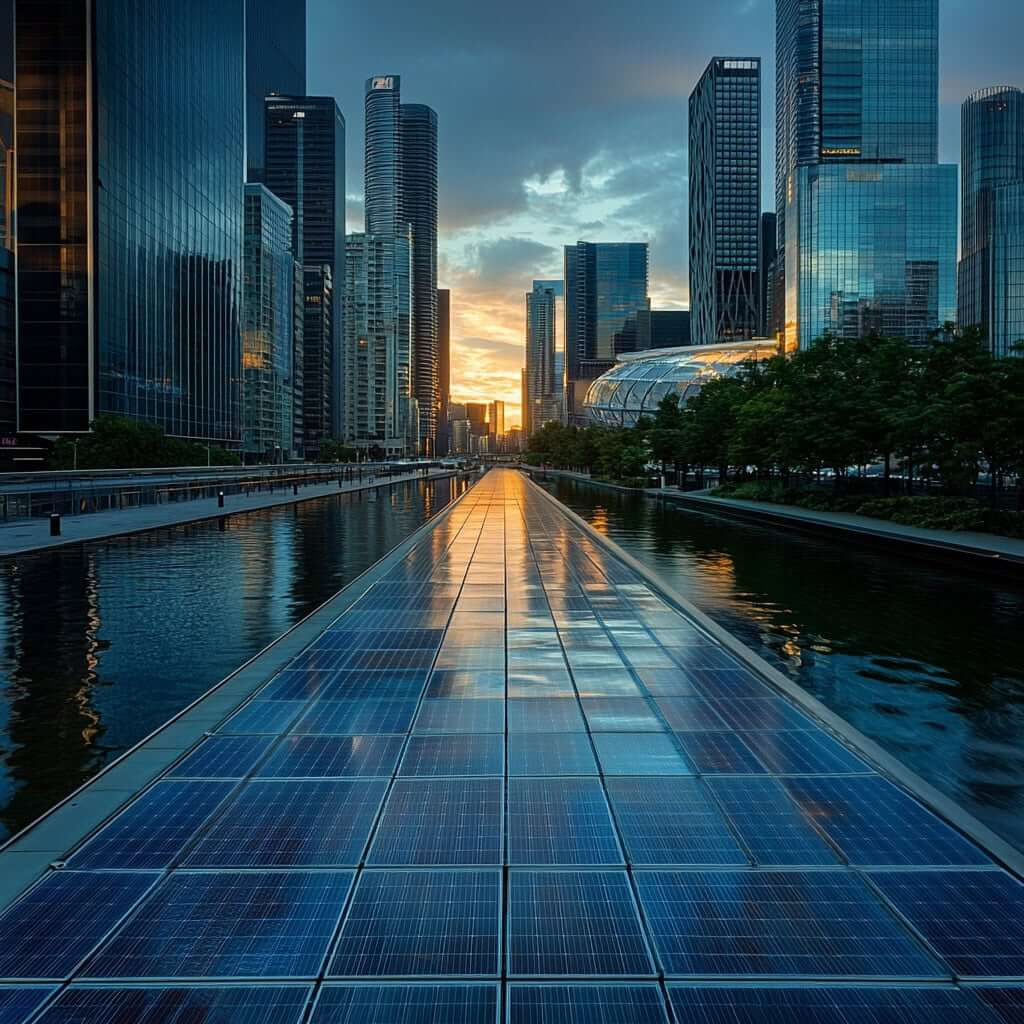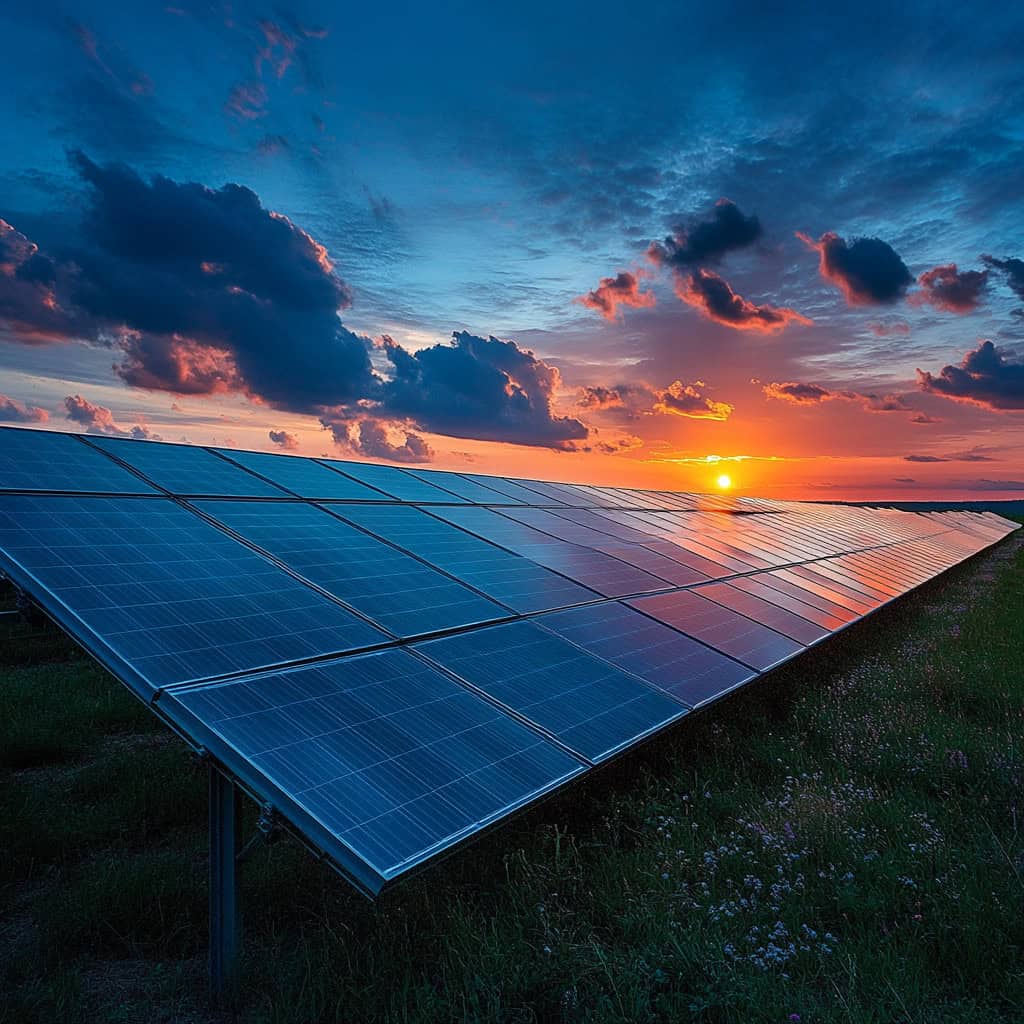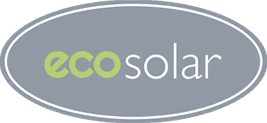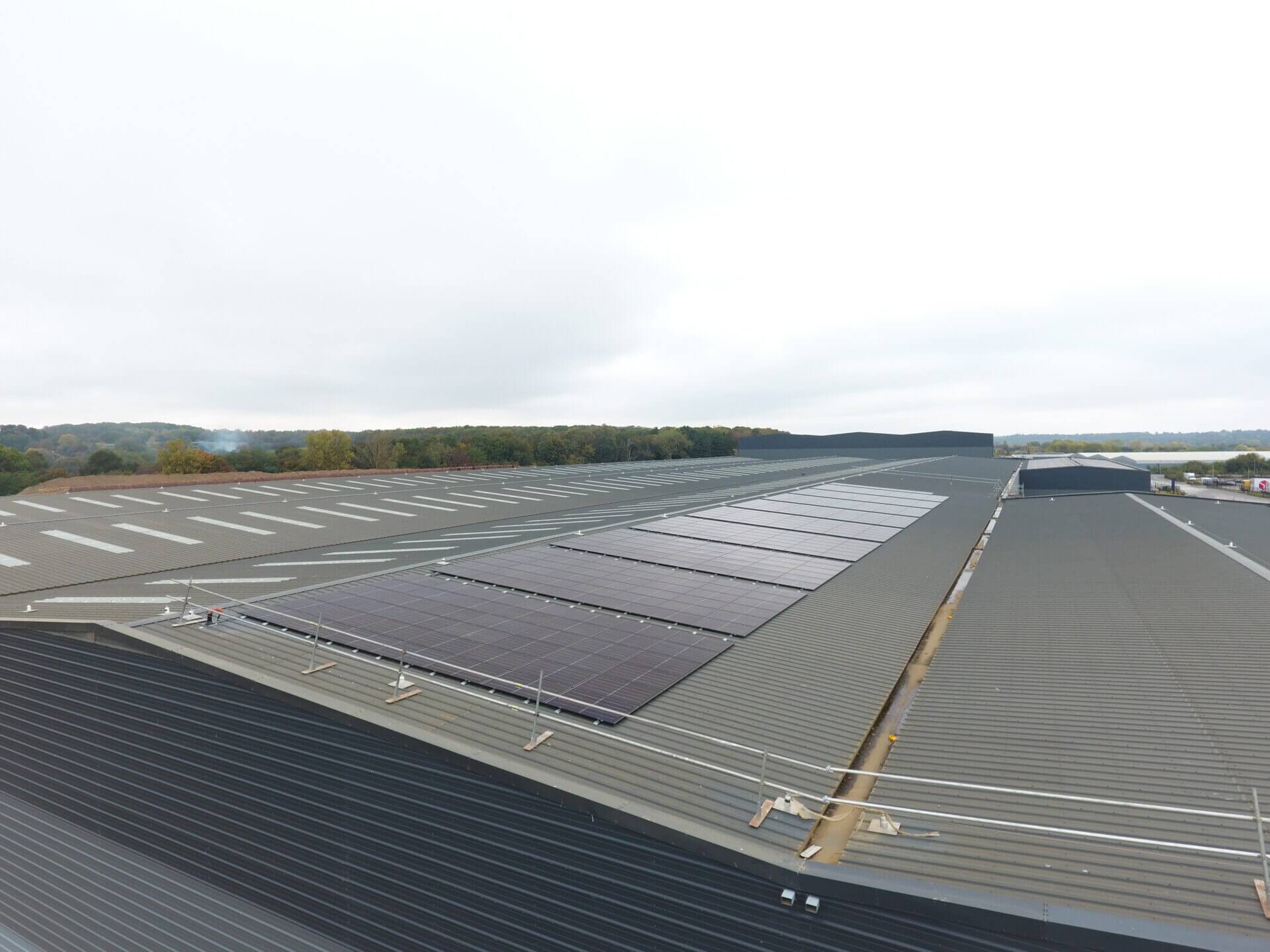With the escalating global climate crisis, urban areas stand at the heart of both the challenge and the solution. Urban areas use more than two-thirds of the world’s energy. They also create a similar amount of global CO₂ emissions. Among the most promising tools for decarbonising cities is solar energy clean, scalable, and increasingly affordable.
However, high density urban environments present a host of challenges for deploying conventional solar infrastructure. The question is no longer whether solar can power cities, but how.
The Unique Solar Challenge Of Cities
Urban areas are complex ecosystems marked by vertical expansion, limited open space, and intricate ownership structures. These traits pose three core challenges for solar integration:
Spatial Constraints
Urban rooftops are often filled with HVAC systems, water tanks, and antennas. This leaves little space for large solar panels. Buildings may also have flat or oddly shaped roofs that limit installation efficiency. In densely packed areas, the sheer number of competing land uses intensifies the scarcity of viable solar installation space.
Shading & Suboptimal Sunlight
Tall buildings cast long shadows, especially in cities with narrow streets and high-rise skylines. Even partial shading of a solar panel can drastically reduce its performance sometimes by over 50%. This makes strategic placement and panel optimisation critical for effective urban solar generation.
Legal, Financial & Logistical Barriers
In cities, properties are frequently multi-owned, rented, or part of homeowner associations. This makes coordinating solar projects complex.
Who owns the roof? Who benefits from the energy? How are costs and savings shared? These questions can deter solar adoption in the absence of supportive policies and business models.
Urban Solar Solutions: Rising To The Challenge
Urban solar energy is facing challenges, but it is thriving in cities around the world. This success is because of new technologies and changes in policy. Here are some of the most effective and emerging solutions.
Shared Solar & Community Solar Projects
In a community solar model, multiple individuals or organisations invest in or subscribe to a single solar project, often located on a larger roof, parking structure, or a dedicated solar farm on the city outskirts. Participants receive proportional credit on their electricity bills based on their share of the energy produced.
Building-Integrated Photovoltaics (BIPV)
BIPV involves embedding solar cells into building materials like glass, concrete, and metal, making it possible for entire facades or windows to generate electricity. This approach maximises the usable surface area for solar collection.

Vertical & Adaptive Solar Arrays
Where rooftop space is minimal, vertical solar panels installed on building exteriors especially south-facing walls, can be a viable alternative. These installations work well in high-latitude cities with low-angle winter sun.
Sun-tracking panels that tilt or rotate during the day can also be mounted on rooftops or urban lots, increasing energy output by 20–40% over fixed systems
Solar Canopies, Carports & Transit Infrastructure
Urban spaces like parking lots, bus terminals, and walkways are ideal for overhead solar installations. These dual-purpose structures provide shade while producing power
Smart Grids, Energy Storage & Micro grids
Solar power becomes more viable in cities when paired with advanced grid technologies. Micro grids, localised energy networks that can operate independently boost energy resilience, especially during outages. Energy storage systems help manage the changing nature of solar power. They store extra energy for use on cloudy days or during busy hours.
Policy Levers & Planning Frameworks
Technology alone is not enough. Urban solar expansion depends heavily on supportive policy, streamlined regulation, and public engagement. Key areas of focus include:
Incentives & Financing
Governments can accelerate solar adoption through tax credits, green financing programs, and performance-based incentives. Solar leasing and Power Purchase Agreements (PPAs) also reduce upfront costs for building owners.
Simplified Permitting
Streamlining solar permitting through online portals, standardised inspections, or pre-approved plans can cut costs and accelerate project timelines.
Zoning & Building Codes
Cities can mandate “solar-ready” designs in new developments and revise codes to allow solar on previously restricted structures like historic buildings or shared roofs.
Public-Private Partnerships
Collaboration between municipal governments and private companies can drive large-scale solar projects that serve public institutions, schools, and social housing.

Designing a Solar-Enabled Urban Future
Cities are beginning to reimagine their built environments with solar in mind. Urban planners, architects, and engineers are incorporating solar potential into building orientation, roof design, and infrastructure planning.
Urban Solar Mapping & Modelling
Digital tools like LiDAR-based solar mapping help identify prime solar locations across a city, accounting for shading, angle, and surface area. These tools can guide investment and policy decisions with data-backed precision.
Workforce Development & Equity
Urban solar deployment offers economic as well as environmental benefits. Workforce training programs in solar installation and maintenance can create green jobs, particularly in underserved communities.
Conclusion
Urban areas are complex, but they’re also centres of innovation, policy leadership, and concentrated impact. Overcoming the limits of space and shade is not impossible. It is a challenge in design, policy, and coordination.
By using creative design, new technology, and inclusive policies, cities can change their skylines into power plants. They can turn glass and steel into a source of clean, renewable energy. The future of solar energy is not just in fields and deserts. It’s in the heart of our cities.

